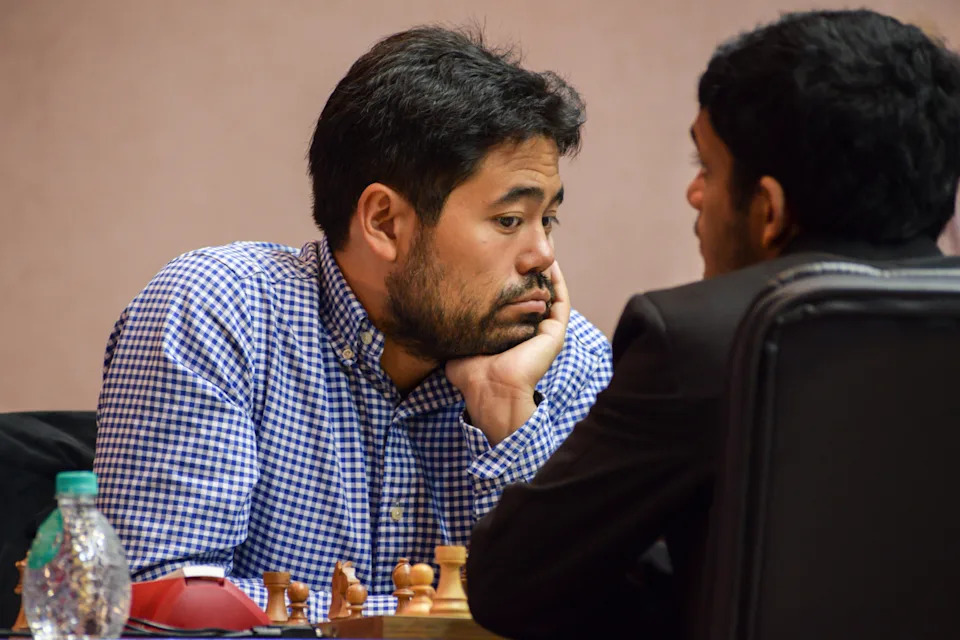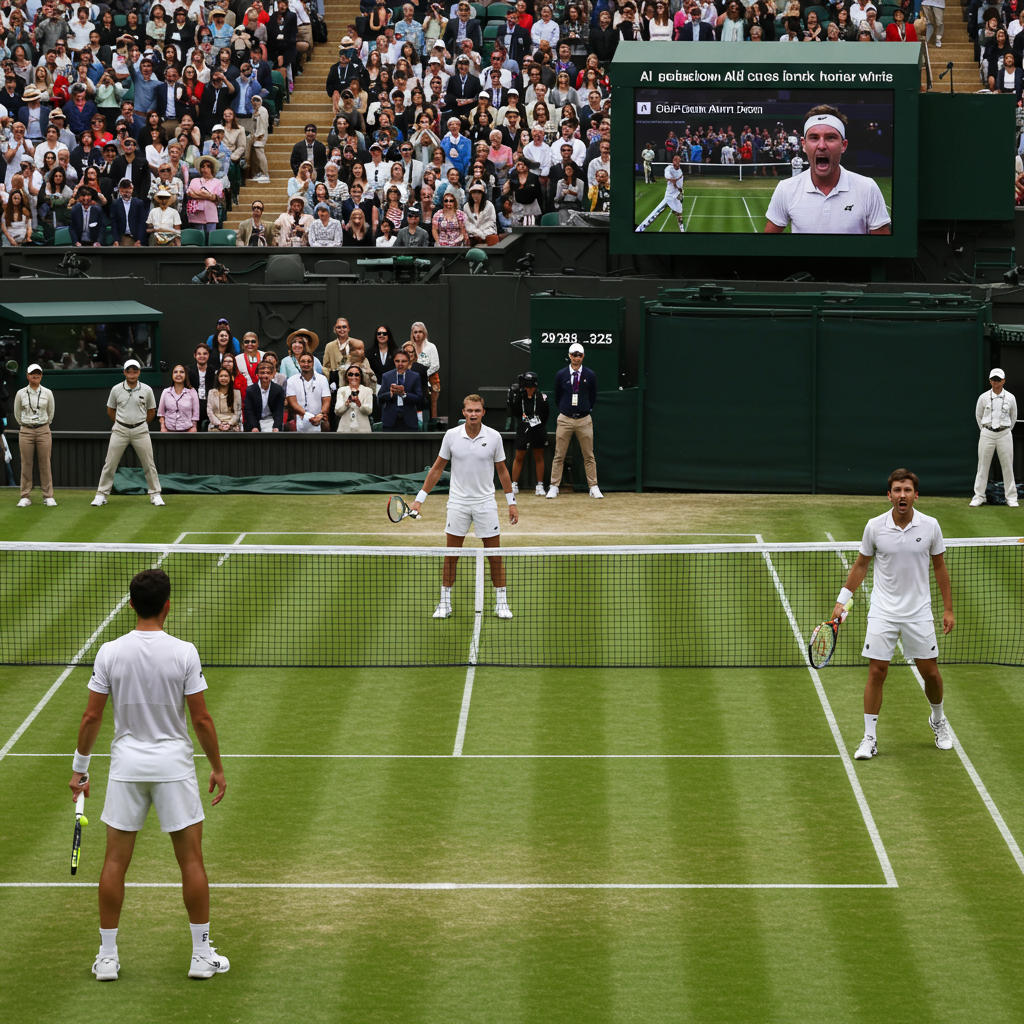World chess luminary Hikaru Nakamura, currently ranked second globally, is pursuing an audacious and much-debated strategy to clinch a coveted spot in the 2026 FIDE Candidates Tournament. This prestigious event determines who will challenge the reigning World Chess Champion. Instead of engaging in traditional, high-stakes FIDE qualifiers, Nakamura is strategically targeting the “rating spot,” a unique pathway that has ignited passionate discussion across the chess world. This approach, involving a deliberate choice of lower-tier tournaments, highlights the intricate balance between competitive integrity and rule exploitation in elite sports.
The Candidates Conundrum: A Quest for the Crown
The World Chess Championship is a biennial spectacle, pitting the current champion against a challenger. This challenger emerges from the eight-player Candidates Tournament, a demanding round-robin event featuring the world’s top non-champions. Seven of these spots are typically earned through grueling FIDE events like the World Cup, Grand Swiss, or the FIDE Circuit. However, one elusive spot is reserved for the highest-rated player who has not qualified through other means. This “at-large bid” is based on a player’s average FIDE rating between August and January of the preceding year.
For this rating spot, a candidate must also fulfill a specific game requirement: playing at least 40 FIDE-sanctioned classical games between February 1, 2025, and January 1, 2026. Within this period, a minimum of 15 games must occur in any six consecutive rating lists. Nakamura, a top contender for this slot, currently holds a significant rating advantage. World No. 1 Magnus Carlsen has stepped aside from challenging for the title, and World No. 3 Fabiano Caruana has already qualified. This leaves Nakamura in a strong position, provided he meets the game count and preserves his high rating.
Nakamura’s “Mickey Mouse” Strategy Unpacked
Hikaru Nakamura has openly embraced an unconventional method to meet his game quota and maintain his impressive Elo rating. He has sidestepped major FIDE events where facing other elite Grandmasters could jeopardize his high rating. Instead, he opts for what he himself has candidly called “Mickey Mouse tournaments.” These events typically feature local enthusiasts and much lower-rated players. His goal is not to gain significant rating points but to accumulate the necessary 40 games while safeguarding his already formidable average rating.
Consider his recent participations: Nakamura swept the Louisiana State Championship and the Iowa Open. In Louisiana, he achieved a perfect 7/7 score, facing opponents with significantly lower ratings, sometimes barely breaking into the world’s top 10,000. He followed this with a flawless 5/5 performance at the Iowa Open. These tournaments offered modest prize funds, often in the hundreds or low thousands of dollars. Nakamura’s wins were decisive, often concluding with more time remaining on his clock than he started. Each game contributed to his required total, bringing him closer to the 40-game benchmark without the risk of substantial rating loss that comes with elite competition.
Historical Precedent and Evolving FIDE Rules
Nakamura’s calculated approach is not entirely unprecedented in top-tier chess. In a previous cycle, Grandmaster Alireza Firouzja employed a similar last-minute rating grab, leading FIDE to modify the rules by introducing the six-month average rating requirement. This change aimed to deter such “rating feeds.” In 2022, Ding Liren also faced a game count challenge due to COVID-19 travel restrictions, prompting the Chinese Chess Association to organize bespoke rated events for him. Anish Giri once famously withdrew from a major event to protect his rating lead, demonstrating how players might act to secure qualification under existing rules.
Despite FIDE’s past attempts to close loopholes, the current system still presents incentives for players to manipulate the rules for qualification advantage. FIDE CEO Emil Sutovsky openly admitted that the governing body “missed the notion of the loophole” and “thought better of our top players not doing that.” He acknowledged FIDE’s responsibility to prevent such scenarios, stating they should have looked at it “more scrupulously.”
Reactions: Praise, Scorn, and a Bounty
Nakamura’s strategy has predictably drawn a wide spectrum of reactions. Many lower-rated opponents he faces express excitement and gratitude. For local players, competing against a world-class Grandmaster is a once-in-a-lifetime opportunity. Social media posts from these players reveal their delight in lasting numerous moves, chatting with Nakamura, and getting pictures and signed scoresheets. Nakamura himself appears to enjoy these interactions, using the events to create engaging content for his substantial online following. He also views these appearances as a way to “give back” to the chess community and inspire younger players.
However, the strategy has also faced sharp criticism from some other Grandmasters. Ian Nepomniachtchi, a former World Championship challenger, publicly criticized FIDE for the perceived loophole. GM Jacob Aagaard suggested either abolishing the rating spot or linking it exclusively to games against top-100 players. Even Magnus Carlsen, while defending Nakamura’s “shamelessness,” simultaneously critiqued the system’s flaws. The controversy escalated when GM Hans Niemann, with whom Nakamura has a contentious history, reportedly contemplated offering a $10,000 bounty for any Grandmaster who could defeat Nakamura in one of these “Mickey Mouse” tournaments, citing “the greater good of chess.”
The Ethical Debate: Exploiting Loopholes vs. Playing by the Rules
The core of the controversy lies in the ethical implications of Nakamura’s actions. While his method is entirely within FIDE’s published rules, it raises questions about the spirit of competition and fairness. FIDE CEO Sutovsky highlighted this dichotomy, acknowledging the “legal sides” but emphasizing a “moral side” to the debate. He disagreed with the sentiment of “blaming the rules, don’t blame the players,” pointing out that few players adopted such a strategy until Nakamura.
Sutovsky found it “unfair that farming the number of games indirectly also leads to farming the rating points,” suggesting Nakamura could have fulfilled his game count in stronger, albeit still non-elite, tournaments. Critics argue that such a strategy devalues the integrity of the qualification process, allowing a player to bypass direct competition with peers. Proponents, however, contend that if the rules permit it, a player is simply maximizing their chances within the existing framework. This debate underscores the ongoing challenge for FIDE to design a qualification system that is both fair and resistant to strategic exploitation.
Impact on the Chess Community: A Unique Opportunity
Despite the controversy, Nakamura’s participation in grassroots tournaments has an undeniable positive impact on the local chess scene. These events provide unparalleled opportunities for aspiring players, offering direct experience against one of the world’s best. Young talents, who might otherwise never encounter a Grandmaster of Nakamura’s caliber, gain invaluable exposure and inspiration. Nakamura has expressed nostalgia for these smaller events, reminiscent of where his own journey began. He described the experience of playing against diverse competitors as grounding, even admitting to needing to be “sharper” against lower-rated opponents after a “big mistake” in one game.
His appearances also draw significant attention to local chess, boosting participation and interest. Nakamura leverages his popular streaming channels to share these experiences, further connecting with a broader audience and potentially encouraging more people to engage with classical chess. This dual impact—controversy at the elite level and inspiration at the grassroots—makes his strategy a multifaceted phenomenon in modern chess.
Nakamura’s Path to 2026: What Lies Ahead?
As of mid-2025, Nakamura had significantly advanced his game count. After only 18 classical games earlier in the year from events like Norway Chess and the American Cup, his participations in the Louisiana State Championship (6 eligible games) and the Iowa Open (5 eligible games) brought his total to 29. This left him needing 11 more games by January 2026 to fulfill the 40-game annual requirement. With his consistent high rating and other top contenders likely qualifying through different routes, Nakamura remains in a strong pole position for the Candidates rating spot.
His methodical approach, while sparking debate, appears highly effective in securing his place among the elite eight. The chess world watches closely to see how FIDE might address such “loopholes” in the future. For now, Nakamura’s unconventional path stands as a testament to strategic prowess, not just on the board, but within the very rules of the game itself.
Frequently Asked Questions
What is Hikaru Nakamura’s controversial strategy for the Candidates Tournament?
Hikaru Nakamura is pursuing a “rating spot” for the 2026 FIDE Candidates Tournament by avoiding major elite events. Instead, he plays in “Mickey Mouse tournaments” against much lower-rated opponents. His goal is to meet FIDE’s requirement of 40 classical games between February 1, 2025, and January 1, 2026, while simultaneously preserving his high average rating from August 2025 to January 2026. This method ensures he fulfills the game count without risking significant rating losses against top-tier Grandmasters.
Which tournaments did Nakamura play to boost his game count?
To accumulate the necessary classical games, Nakamura participated in local, state-level events such as the Louisiana State Championship in New Orleans and the Iowa Chess Open in Iowa City. In these tournaments, he achieved perfect scores against fields of significantly lower-rated players. For instance, he won 7/7 games in Louisiana and 5/5 games in Iowa. These events, far below his typical competitive standard, successfully added eligible games to his total count, moving him closer to the 40-game requirement.
Why is Nakamura’s qualification method stirring debate in the chess world?
Nakamura’s strategy has sparked debate because, while legal under FIDE rules, critics argue it exploits a loophole and compromises competitive integrity. Other Grandmasters and even FIDE CEO Emil Sutovsky have voiced concerns, suggesting it’s unfair for a top player to “farm” games and indirectly rating points against significantly weaker opposition rather than competing against peers. Supporters, however, argue that Nakamura is simply playing by the established rules, which FIDE is responsible for creating.


